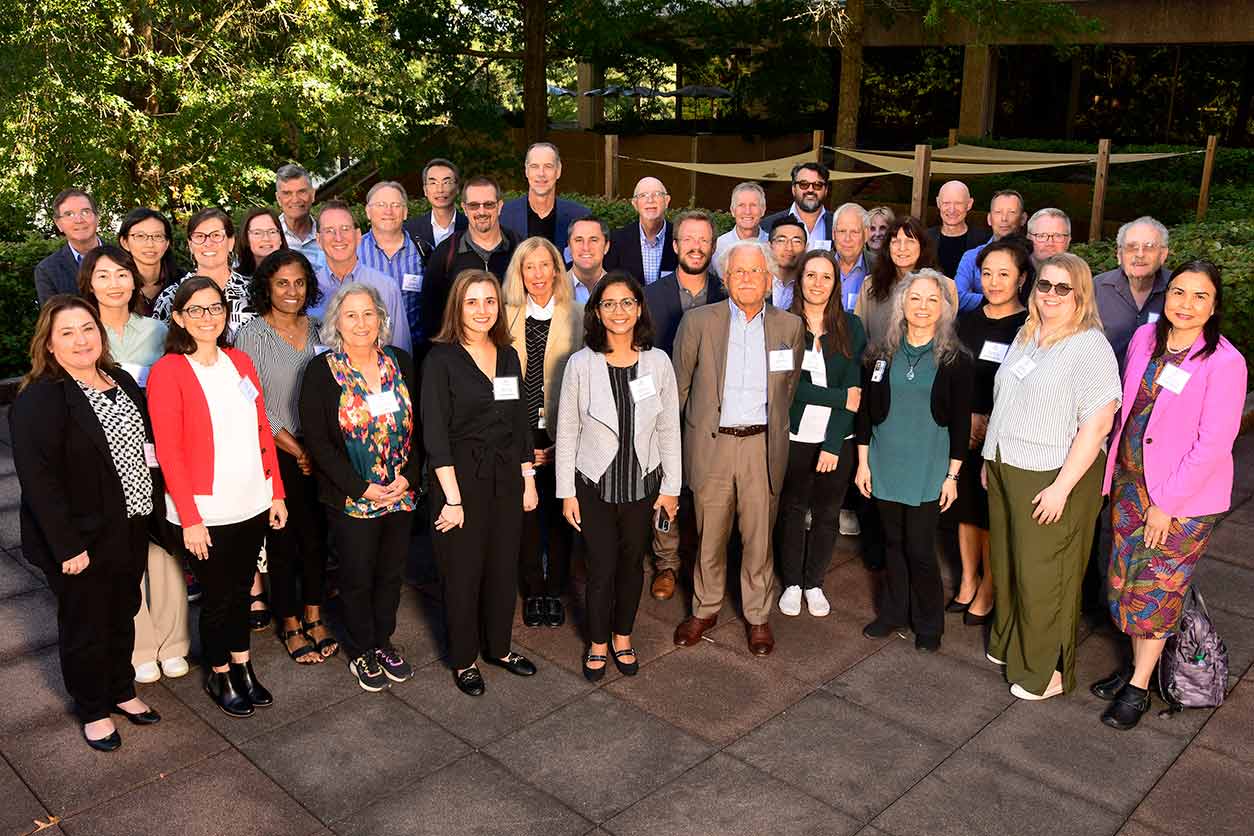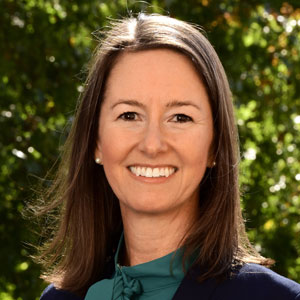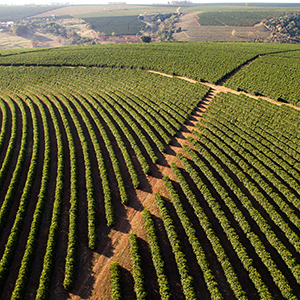Methods to evaluate the safety of botanical ingredients used in dietary supplements was the focus of a summit hosted by NIEHS Oct. 10-11. As sales of herbal supplements in the U.S. rise, NIEHS and partners are working to gather data and advance testing methods to assess the safety of these products.
“We know that throughout history almost every human civilization has used botanicals for different purposes,” said Heather Patisaul, Ph.D., the scientific director of the NIEHS Division of Translational Toxicology (DTT), who presented at the Botanical Safety Consortium summit. “The mission of DTT is to improve public health through data and knowledge development that's translatable, predictive, and timely. And that is the goal in partnering and working on botanicals.”

NIEHS, together with the U.S. Food and Drug Administration (FDA), and the Health and Environmental Sciences Institute (HESI), formed the Botanical Safety Consortium in 2019. The mission of the public-private partnership, which includes seven government and regulatory agencies, 21 academic and research institutes, 13 private industry groups, and nine consulting organizations, is to evaluate New Approach Methods for use with complex botanical mixtures.
“Since the 1990s, NIEHS and National Toxicology Program researchers have characterized hazards associated with botanicals, such as aloe vera, ginseng, and kava, using in vivo models,” explained Cynthia Rider, Ph.D., a toxicologist in the NIEHS Systems Toxicology Branch. “Through the consortium and annual summit, we are working to expand the in vitro and in silico toolbox available for evaluating a botanical’s toxicity and adverse effects on various biological systems.”
Amassing data

Active ingredients in plants have been exploited for use as pesticides, pharmaceuticals, poisons, and many consumer products, according to Hellen Oketch-Rabah, Ph.D., the deputy director of the FDA Office of Dietary Supplement Programs.
“Our goal is to look at the data that we collect to see whether they are similar to what we already know about certain botanicals and to decide whether the testing methods are working,” she said. “Once we have well developed and validated tests, they will provide an opportunity for others to screen data-poor botanicals.”
During the last few years, nine working groups evaluated a handful of botanicals, including aconite, ginseng, milk thistle, and oleander. For each botanical, they gathered active ingredient and toxicity information, created extracts to understand its chemistry, and performed tests to determine methods that could be used to evaluate safety.
Preliminary results
During the summit, the working groups presented snapshots of their findings regarding chemical analysis and whether certain botanicals resulted in toxic effects to the liver, DNA, and skin. They also assessed adverse effects to the nervous, reproductive, and cardiovascular systems.
The information will be available in the Chemical Effects in Biological Systems (CEBS) database for all to review and cite in publications.
The future
As the data gathering phase ends, the Botanical Safety Consortium plans to facilitate robust evaluation of botanical ingredients, as well as test and predict outcomes on human health.
“What we want to do is enhance our battery,” said Connie Mitchell, senior scientific program manager at HESI who helps to manage BSC. “That might be adding tools to assess absorption, distribution, metabolism, and excretion, adding testing methods, or looking at various other preparations of botanicals.”
(Susan Cosier is a contract writer for the NIEHS Office of Communications and Public Liaison.)










